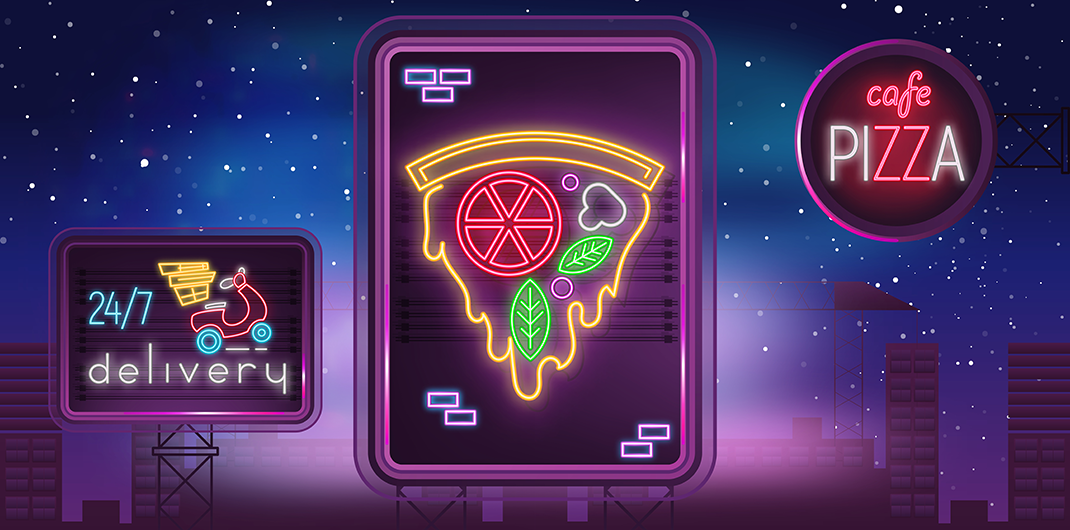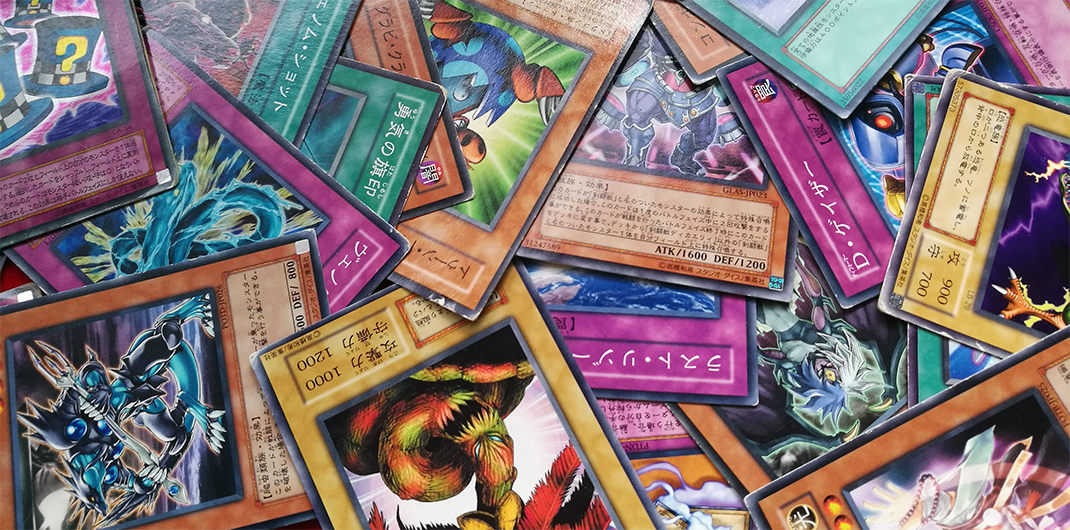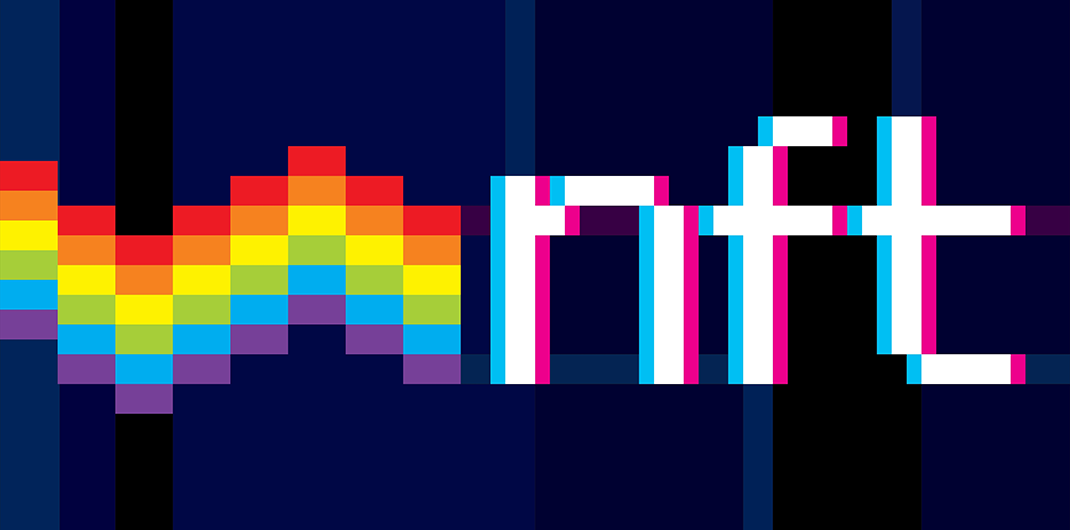Convergence of NFTs with Real World Collectibles: Trading Cards and Beyond
July 28 2023 |
9:23 am
By Cyberian
The world of collectibles has evolved significantly over the past few years, reshaped by rapid advancements in technology. The advent of blockchain technology and its adoption across different industries has led to the emergence of a new class of digital assets: Non-Fungible Tokens (NFTs). As the intersection between physical and digital collectibles becomes increasingly blurred, the convergence of digital assets with real-world collectibles, such as trading cards, has created an unprecedented dynamic that is redefining how people collect, trade, and value these items.
Understanding NFTs
NFTs, or Non-Fungible Tokens, are a type of cryptographic asset on a blockchain with unique identification codes and metadata distinguishing them from each other. Unlike cryptocurrencies such as Bitcoin or Ethereum, which are fungible and can be traded on a like-for-like basis, NFTs are unique – they represent a distinct, individual item or piece of content. This uniqueness has made them an attractive medium for buying and selling digital art, music, virtual real estate, and other forms of creative work in a verifiable manner.
The Intersection of NFTs and Traditional Collectibles
As NFTs continue to gain popularity, their potential to converge with the traditional collectible space becomes increasingly apparent. Consider trading cards, a classic example of real-world collectibles. These cards have traditionally been physical items that collectors acquire, trade, and value based on their rarity, condition, and the significance of the person or event they represent.
With the rise of NFTs, these trading cards can now be tokenized on a blockchain, providing them with a digital identity that proves their authenticity and ownership. This tokenization process enables trading cards to become digital assets, expanding their reach beyond physical boundaries and opening up new possibilities for collectors.
Benefits of Convergence
The benefits of this convergence are multifold.
Firstly, it provides a solution to some of the biggest challenges in the traditional collectibles market, such as counterfeiting and lack of transparency. Since each NFT is unique and the details of its ownership are recorded on a decentralized, immutable ledger, it is nearly impossible to forge a digital collectible. This guarantees the authenticity of the item and instills greater confidence among collectors and investors.
Secondly, the digitization of real-world collectibles through NFTs opens up global markets. Regardless of geographical location, collectors can buy, sell, or trade digital collectibles with just a few clicks. This ease of access could dramatically increase the market size and liquidity of collectible trading.
Thirdly, NFTs enable fractional ownership. This means that an expensive, highly sought-after collectible can be owned by several people at once. Each person owns a fraction of the NFT and thus, a portion of its value, making previously unattainable collectibles more accessible to a broader audience.
Finally, the convergence of NFTs with real-world collectibles brings an interesting opportunity to blend the physical and digital world, offering a hybrid model. For instance, a collector could purchase an NFT linked to a physical trading card, where the NFT serves as proof of ownership and authenticity, but the collector also receives the physical card.
The Future of Collectibles
The integration of NFTs with real-world collectibles like trading cards is just the beginning. With further advancements in technology, such as virtual and augmented reality, the future might see completely virtual collections where digital collectibles can be showcased and interacted with in a virtual space.
The blending of the digital and physical worlds via NFTs is redefining the concept of collectibles, challenging established norms, and opening up a plethora of opportunities for collectors, investors, and artists alike. While the current hype surrounding NFTs must be tempered with a healthy skepticism considering regulatory uncertainties and market volatility, there is no denying that they have the potential to revolutionize the world of collectibles in the years to come.





